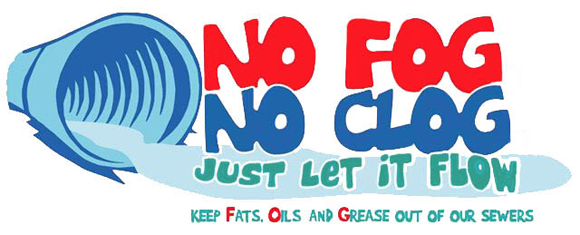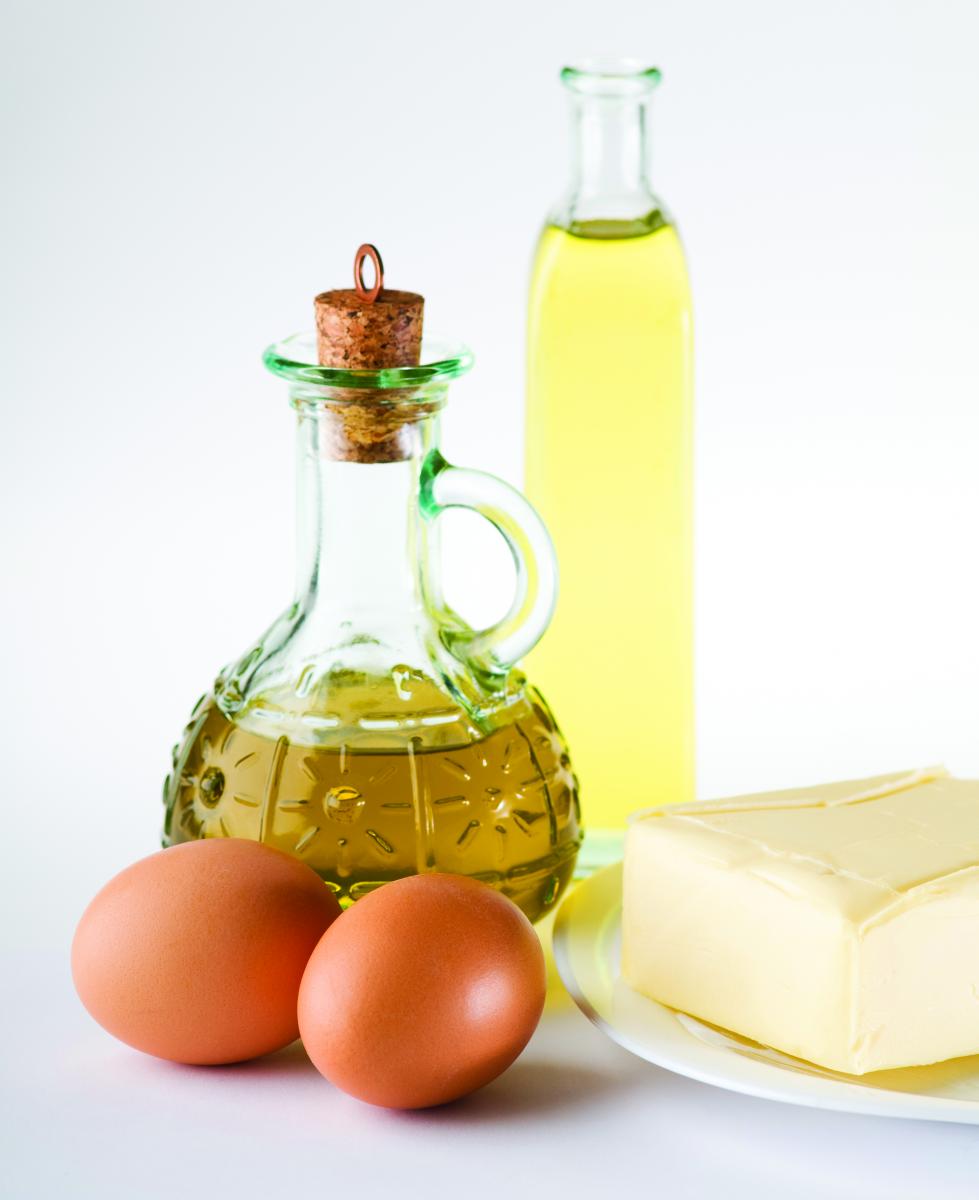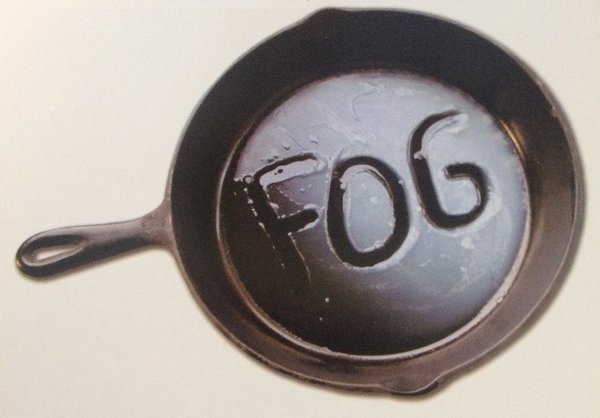
| |
Where does FOG come from?Fats, Oils, and Grease commonly known as FOG is detrimental to the sewer system. FOG comes from people dumping the following down kitchen drains and toilets: • Meat fats
|  |
How does FOG get into the sewer system?• FOG enters the plumbing system through home garbage disposals, the kitchen sink, and toilets. It then coats the inside of plumbing pipes and empties into our county's sewer system.
Here are three simple practices to help keep FOG out of our pipes and sewers:1. POUR cooled fats, oils or grease into a sealable container and throw it in the trash. Do not pour down the sink or toilet. 2. SCRAPE plates and cookware before washing. Do not throw scraps of any kind down the sink. Instead, place them in waste containers or garbage bags. 3. WIPE excess grease from all plates, pots, pans, utensils and surfaces with a paper towel before washing. Throw the greasy paper towels away.
Sewage overflow repairs are costly for the county, and can result in increased costs for water and sewer services. Help keep FOG out of our sewer pipes. Take that extra step. Remember, you can make a difference! Click below to take the FOG survey and how you can help.
Download our FOG Educational brochures here: Bilingual FOG BrochureMedical Waste BrochureSchools Best Management Practices Brochure
|
|

